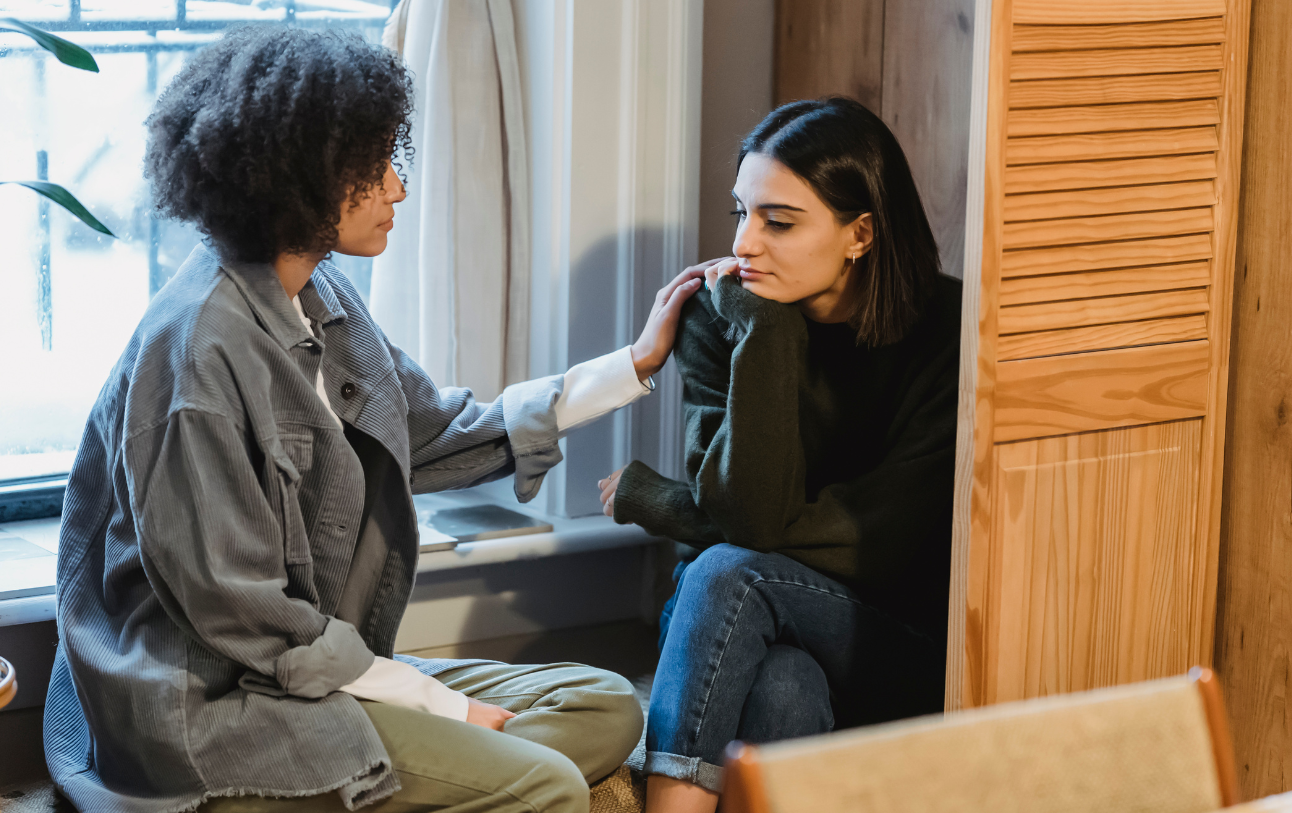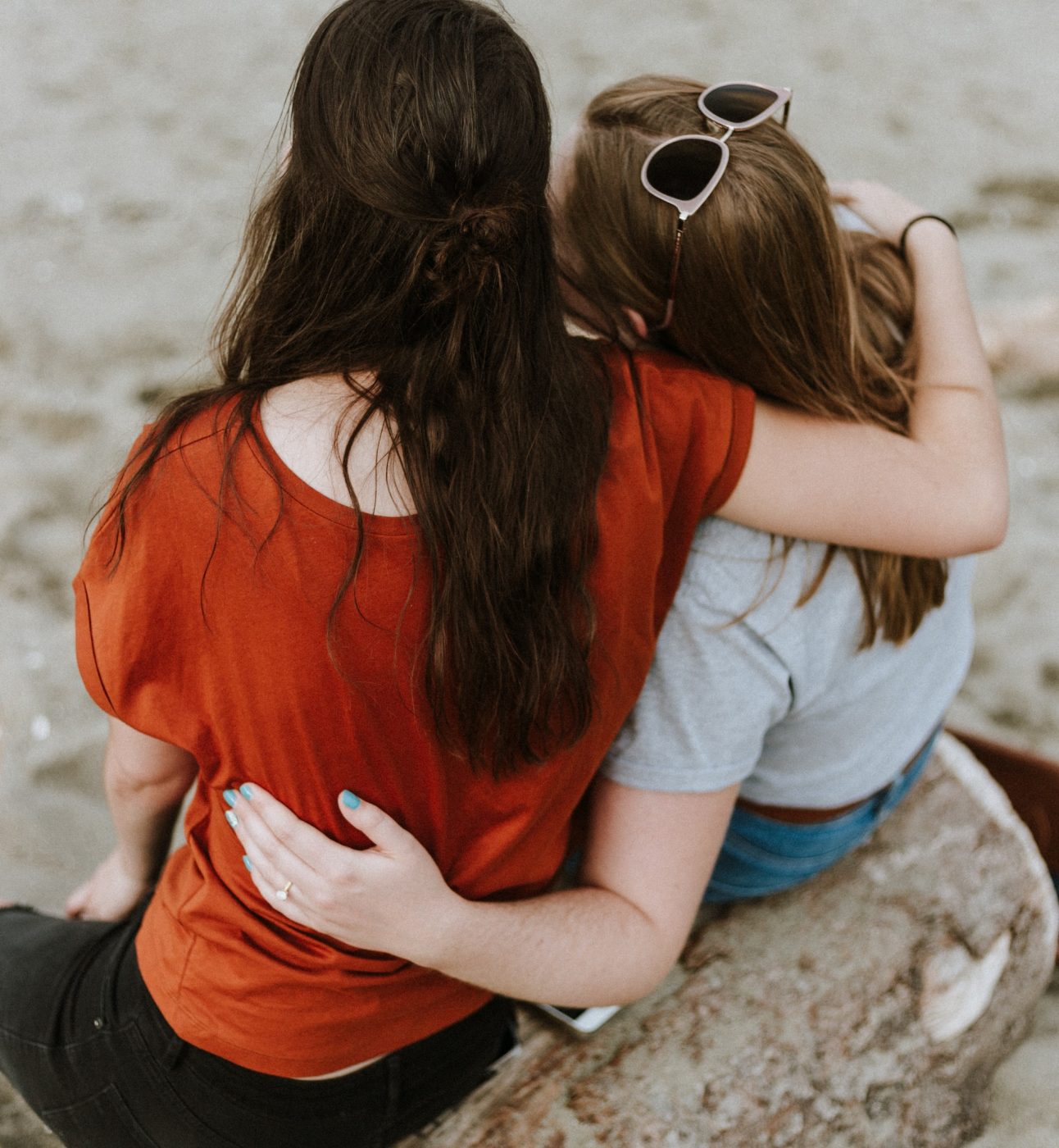Types of domestic abuse
Domestic abuse takes many forms and can involve a range of behaviour, such as:
- coercive or controlling behaviour
- physical abuse
- sexual abuse
- economic and financial abuse
- psychological and emotional abuse
- ‘honour’-based abuse and forced marriage
- stalking and harassment
- online and digital abuse
Coercive and controlling behaviour
Domestic abuse often includes coercive or controlling behaviour. This can happen in many ways and involves things like controlling what someone can do, isolating them from friends and family, constant criticism, threats of suicide or harm, damage to property and abuse of pets.
Coercive control isn’t always obvious. And it doesn’t necessarily stop when a relationship ends.
He was my first boyfriend, my first intimate partner and the father to our son. He told me what I could and could not wear, he had my bank card, he stopped me from seeing family and friends because he did not like them.
Learn more about coercive control
Physical and sexual abuse
Domestic abuse may involve physical violence, injury and harm – or the threat of physical harm.
Victims may also experience sexual harassment, assault or rape. They may be coerced or forced into sexual acts. They may be recorded in sexual activity without permission, and this may be shared without consent. They may be prevented from accessing birth control or sexual health services.
Physical and/or sexual abuse may occur once or part of a wider pattern of abuse, and can cause long-term harm to both physical and mental health.
Economic and financial abuse
Economic abuse is a form of coercive control, where money is used as a way to control or cause harm to someone. It includes financial abuse, preventing someone from accessing, using or maintaining money. This might mean limiting your opportunity to work or claim benefits, refusing access to a bank account, dictating how money is spent, stealing money or running up debts. Economic abuse also involves controlling other resources such as housing, food and employment.
My husband did not allow me to have money of my own, and I had to account for every penny even if it wasn’t me that had spent it. He would accuse me of hiding money or wasting money. He also made me fill out forms for him to claim benefits he wasn’t entitled to.
Psychological and emotional abuse
Psychological abuse involves the regular and deliberate use of words and non-physical actions to manipulate, hurt, weaken or frighten a person and to distort, confuse or influence their thoughts and actions. Psychological abuse is as harmful as physical abuse, although the effects aren’t always visible to others. Nearly all cases of domestic abuse involve some form of psychological or emotional abuse, and it can happen in a relationship where there is no physical violence.
Learn more about psychological abuse
‘Honour’-based abuse and forced marriage
‘Honour’-based abuse, or ‘honour’-based violence (HBV), is used to describe a range of abuse by family, relatives or community members to defend their perceived ‘honour’ – though there is never any honour in or justification for abuse. Women and girls are particularly at risk of HBV, though men can also be victims. It can take many forms, including ‘honour’ killings, forced marriage, rape and sexual violence, physical abuse, kidnapping, imprisonment, emotional abuse and coercive control.
Spotlight on ‘Honour’-based abuse
Stalking and harassment
Stalking and harassment is any unwanted and persistent behaviour. It is a common feature of domestic abuse, though it also happens in isolation. It includes behaviour such as constant communication, uninvited visits, frequent and excessive contact, loitering and threats to harm and kill. Stalking and harassment can take place in person or online, or a combination of both.
Online and digital abuse
Online and digital abuse, or ‘tech abuse’, happens when technology is misused to monitor, control, stalk, harass or impersonate a victim or survivor. It may involve controlling social media use or devices, monitoring locations or tracking someone, publishing content encouraging harm, threatening to share confidential, humiliating or embarrassing information online and sending malicious messages.
Learn more about staying safe online


